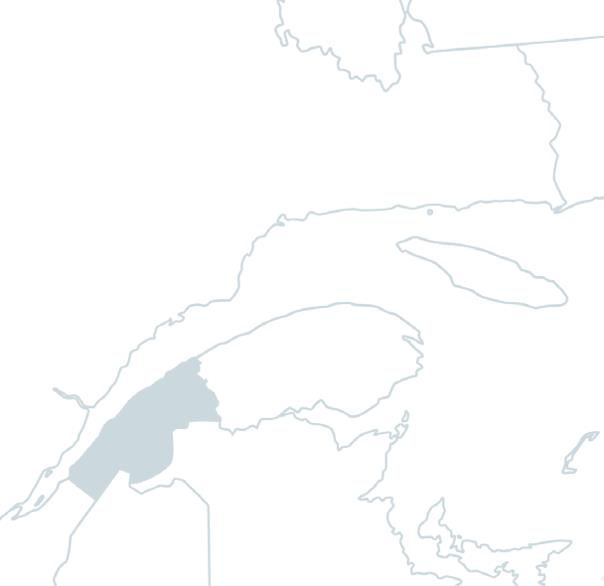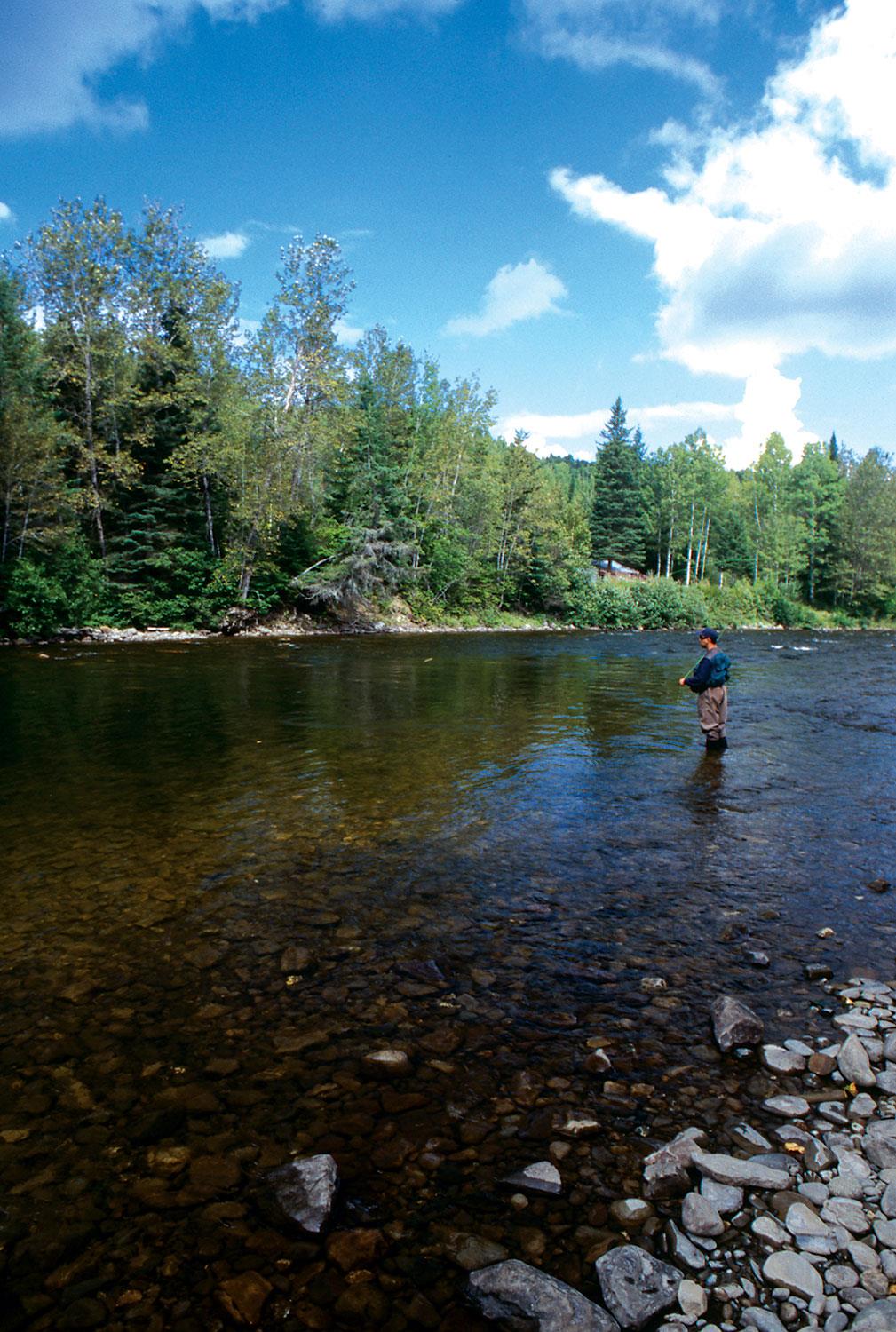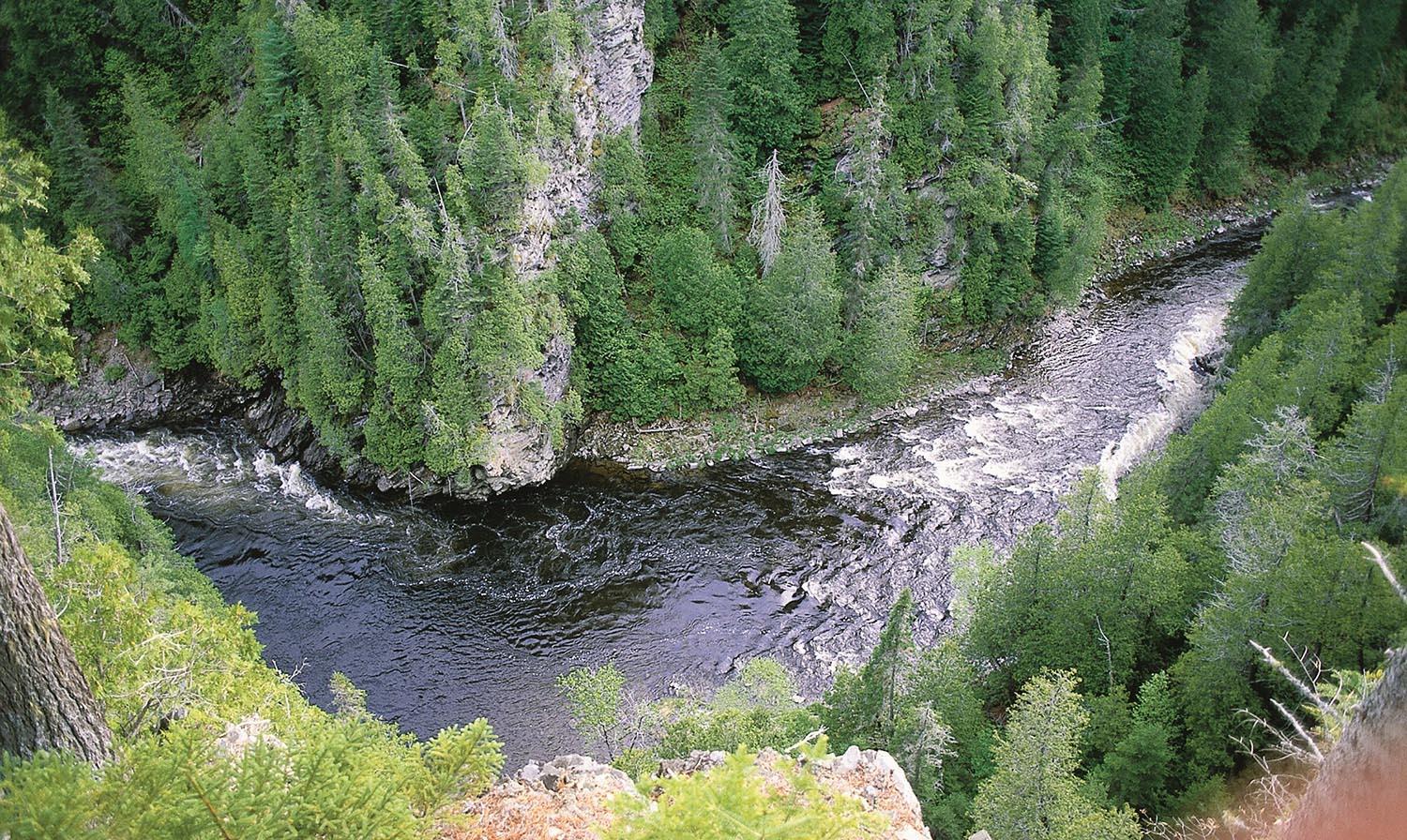Rimouski River
Salmon fishing just minutes from downtown Rimouski - that's what the Rimouski River has to offer. Rising in the Notre-Dame Mountains of New Brunswick, it flows northward across the Quebec border. It then flows northeast to Lake Rimouski before arriving at the city of the same name, where it empties into the St-Laurent. Salmon can be found downstream on 28 of the 113 kilometers of the river.
Once frequented by the Micmacs, the Rimouski River has been marked by logging, for which Price Brothers and Company had a virtual monopoly for many years. Until the mid-1960s, only 4.3 kilometers of the river were accessible to salmon, which led to the development of a number of facilities to increase the species' population. Established as a controlled harvesting zone in 1993, the fishing territories are now managed by Zec Saumon Rimouski.
This waterway will appeal to anglers who enjoy discovering an exceptional variety of landscapes, all within easy reach of an urban center. Along its course, the Rimouski offers tide-influenced fishing areas, wilderness within the city of Rimouski, and steep cliffs and slopes alternating with less rugged areas. The river has six fishing sectors, one of which is privately owned. From the mouth of the river to the Grand Sault waterfall, there are 61 pools spread over 28 kilometers, 48 of which are accessible to anglers.



